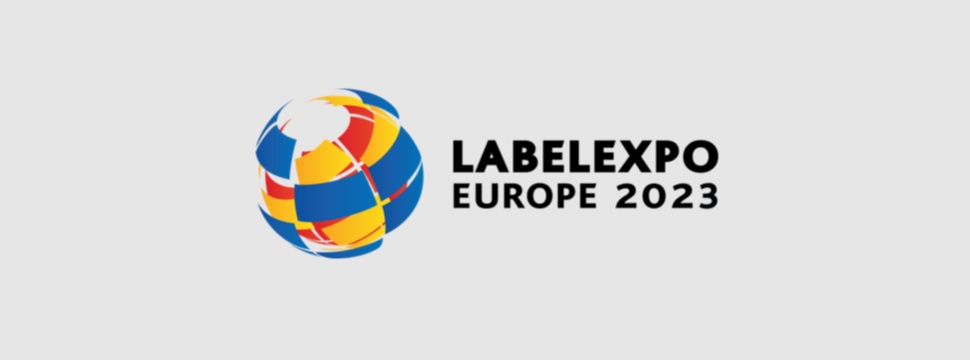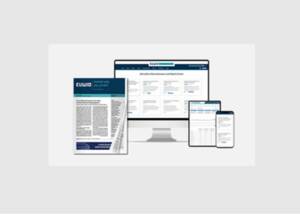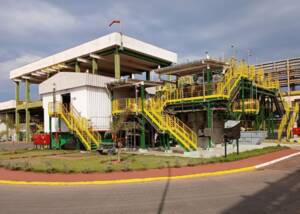Sustainability goes mainstream at Labelexpo Europe 2023
News General news
With converters and brand owners facing growing legislative pressure to demonstrate the sustainability of the labels industry, in this article, Andy Thomas-Emans looks at the new sustainability initiatives and products to be launched at Labelexpo Europe 2023.

Label substrates are evolving rapidly to meet the growing number of legislative and brand mandates for the circular materials economy. This means diverting packaging from landfill and towards recovery and clean separation of materials, which then become feedstock for new labels and packaging products.
This has led to the increasing incorporation of post-consumer recycled (PCR) material into new label face papers, films and release liners. PCR cannot simply be process scrap, but must be from the packaging discarded by consumers, collected, sorted and reprocessed.
The move towards incorporating PCR is matched by ongoing research into thinner materials which retain their original performance characteristics. Apart from savings in raw materials, there are also reductions in transportation costs and fewer roll changes required on press for the same roll size roll.
Suppliers are also turning to more sustainable biomass sources to manufacture both papers and films, and these products can also contain PCR. Labels are also helping in the recovery and circular reuse of plastics and glass containers. Adhesives that wash off from PET containers in a recycling system mean there is no contamination of the PET flakes from the PP labels - both materials streams can be separated and recovered.
In the glass market, reuse/refill is becoming a key circular economy application, and here the requirement is again for the adhesive to wash off cleanly, allowing the bottles to be cleaned, returned to the brand, refilled and re-labeled.
At the same time, refillable/reusable containers also require permanent labels which will stay with the container throughout its life cycle. The function of these labels is to identify the container, the material it is made of, and how many times it has gone through the refill/reuse loop. With the Holy Grail project, we also see labels allowing materials to be identified and separated at sorting stations using bespoke machine-readable codes.
Another key point of interest is a resurgence of interest in linerless labels. Linerless is a well-established technology in the logistics and industrial labels sectors, but linerless has still to make an impact in the primary (prime) label market, and this is where an increasing research and development effort is focused.
Although we have focused a lot on initiatives in the self-adhesive sector, there are also exciting initiatives to make shrink sleeve labels more sustainable. The key problem up to now has been the inability to separate cleanly the PET container material and PET shrink sleeves, meaning the inks contaminate the PET recycling stream. A new generation of ‘floatable’ sleeve materials with different molecular weights have been developed to help solve this issue.










